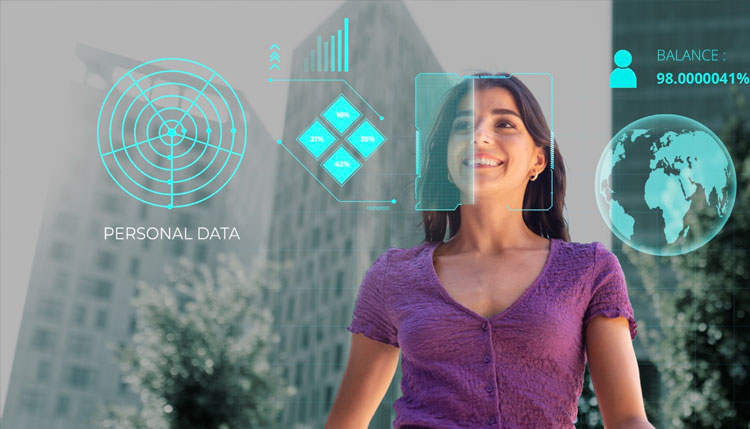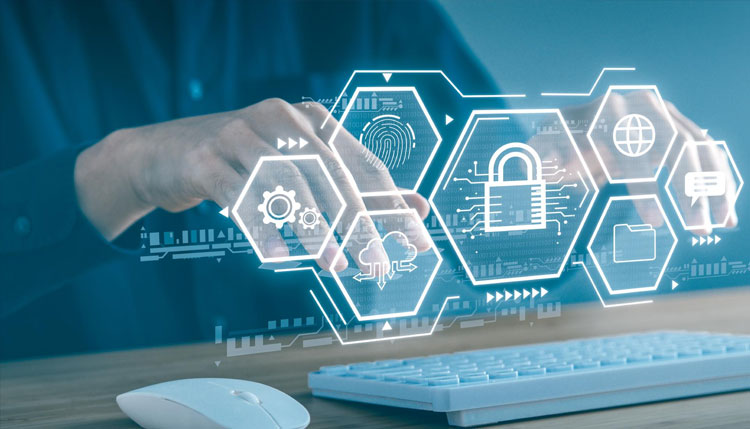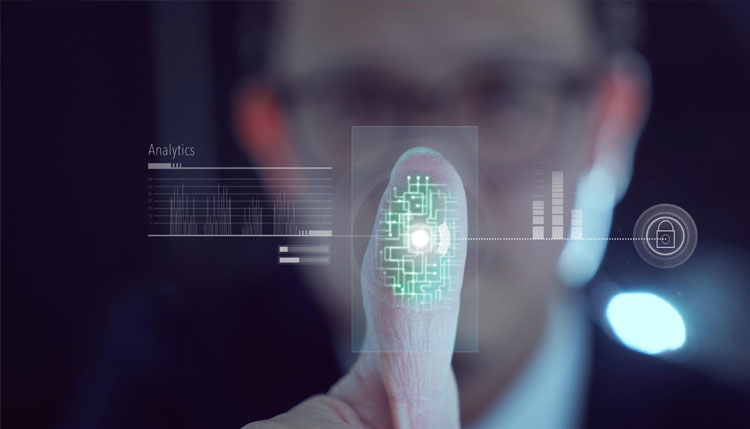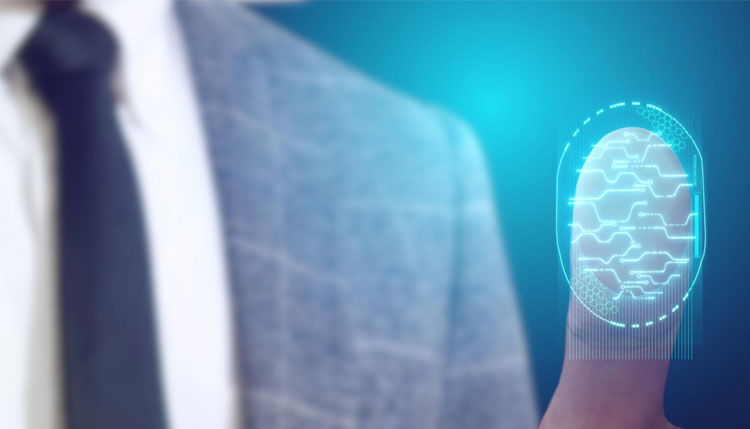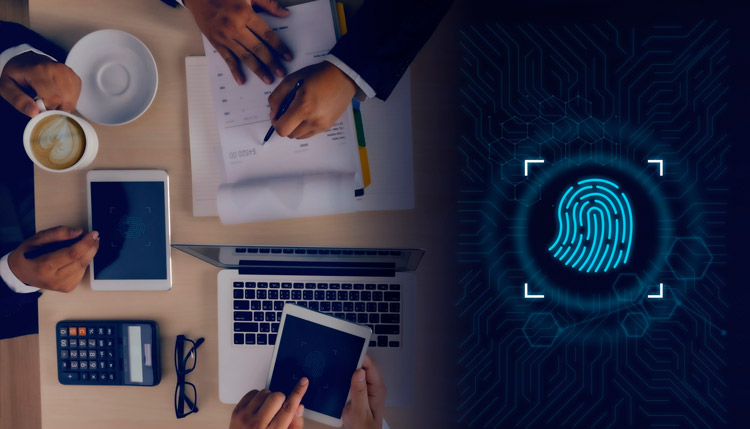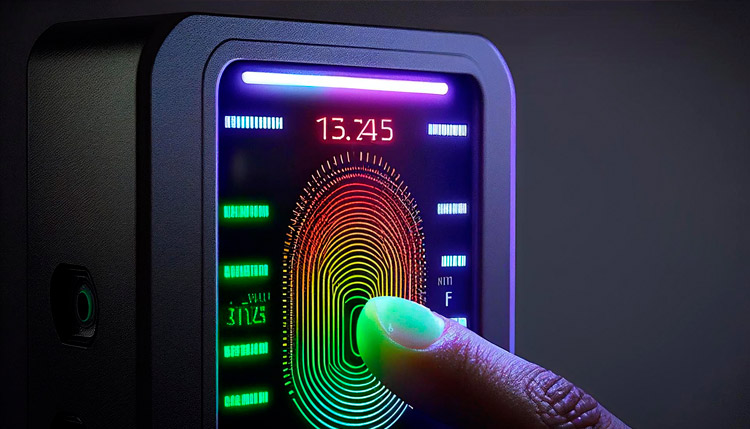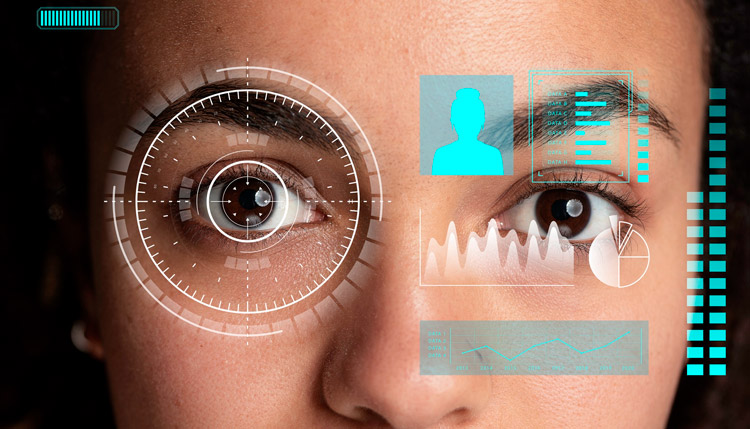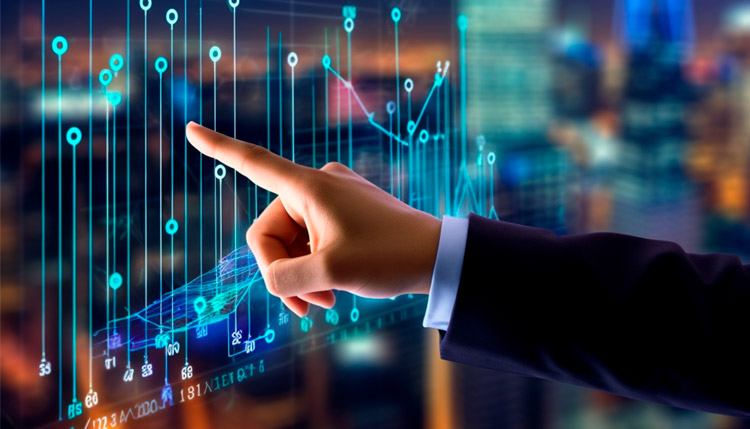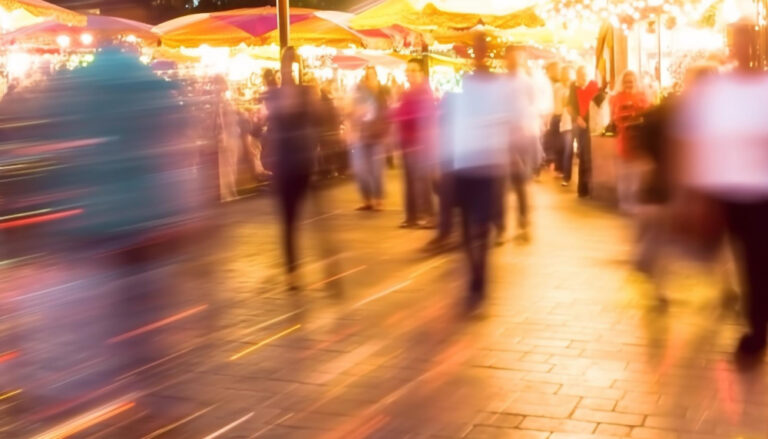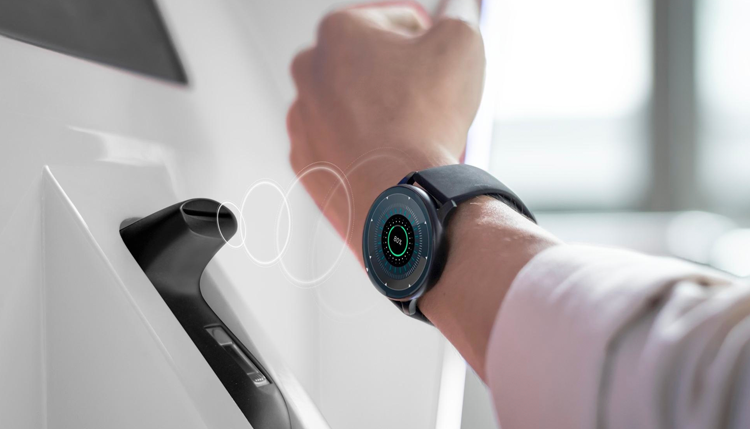
Wearable Biometrics and their applications
Biometrics commonly refers to the identification or authentication of individuals by using biological characteristics like fingerprint, iris, shape of the face, etc. Biometrics also refers to the use of biological data to provide information a person’s health.
For example, the heart rate is a biometric characteristic that provides information about the heart’s functioning. Similarly, other biometric traits can provide health data that can be used to monitor a person’s health.
Wearable biometrics refers to the use of devices that have biometrics features in it. The device can capture biometric data of the user and use it for various purposes.
Applications of Wearable Biometrics
The most common wearable devices used that can use biometrics are:
- Smartwatches.
- Wristbands.
- Smart glasses.
- Lapel badges.
- Gloves or finger covers.
- Smart clothing.
The large majority of wearable biometrics is based on wrist use through wristbands and smartwatches. The use of lapel badges is more common in law enforcement. Smart clothing and smart glasses are still at a nascent stage.
Let’s look at the applications of wearable biometrics:
Fitness
The most popular application of wearable biometrics is in fitness. Fitness trackers in the form of bands or watches can help a person keep track of their physical activity. It can measure the number of steps taken, calories burnt, miles walked, heart rate, and other parameters. This is a great way to keep track of one’s fitness activities
Advanced Healthcare
This is by far the most important application of wearable biometrics. Smartwatches can measure key health parameters like heart rate, oxygen saturation level, body temperature, and blood pressure. In case of any variation in these parameters, the device can even send alerts or notifications.
Apart from watches, sensors can be used in clothing and rings to track the health of a person. Wearable biometrics are boon especially for those who suffer from health problems or the elderly. The device can detect any changes like if the person stops moving or the heart rate changes. It can then send out an emergency alert
Legal applications
Law enforcement agencies are using body cameras fitted to badges. These cameras can make face identification of persons easy. Smart glasses can also be used for this purpose. Once a face is recognized a message can be sent to the person wearing the device. This would be very beneficial for law enforcement officers.
Wearable biometrics can also be used for identification and authentication. The technology’s use through smart contact lenses and sensors on clothing will revolutionize its use in the coming years.
For more information, please visit www.trueid.in

